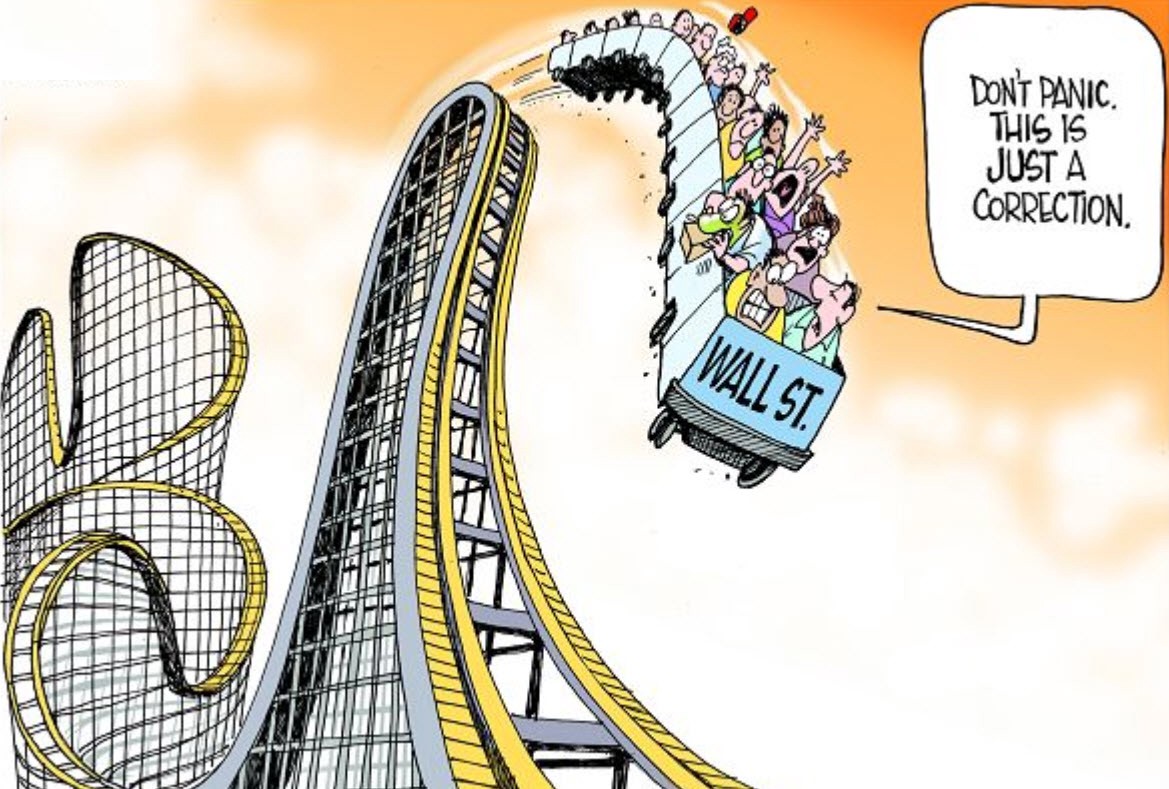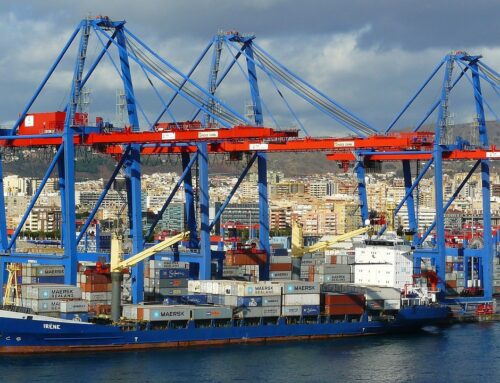How can we make sense of the volatile changes in our supply chains this year, and what should we expect going forward?
For excellent insights, we can turn to Harvard Business School Professor Willy Shih. Willy just published a thoughtful article in the The Wall Street Journal on the seven principles of today’s supply chain.
To summarize:
1. Today’s supply chains are extremely complex. A carmaker has an average of 18,000 suppliers. So one problem ripples through the entire chain.
2. Sudden spikes in demand can be misinterpreted as long-term changes rather than volatile blips. This is the Bullwhip Effect.
3. Just-in-Time production was a good strategic response to unpredictable demand. But it left us exposed to shortages.
4. Ordering more than you need creates more shortages, not less.
5. The longer the supply chains, the greater the disruption risk. This is the “parade of trades” dilemma.
6. Congestion destroys capacity. Traffic jams, like we are experiencing with the Port of LA/Long Beach, cause carriers to add more ships. But this leads to more backups. This is another supply chain paradox.
7. Bottlenecks are hard to spot because so few can see the whole picture. You might see the LA backlog and blame it on the ships. But what if the problem is elsewhere, e.g. the distribution centers closer to the customer?
For more on these issues, please see this article: Seven Things You Should Know to Understand the Supply Chain.
This is an outstanding analysis of the supply chain challenges we all face. To solve these issues of volatility, you need holistic visibility to make better decisions. This is where better technology and supply chain management comes in. And it’s a golden opportunity for innovation!









